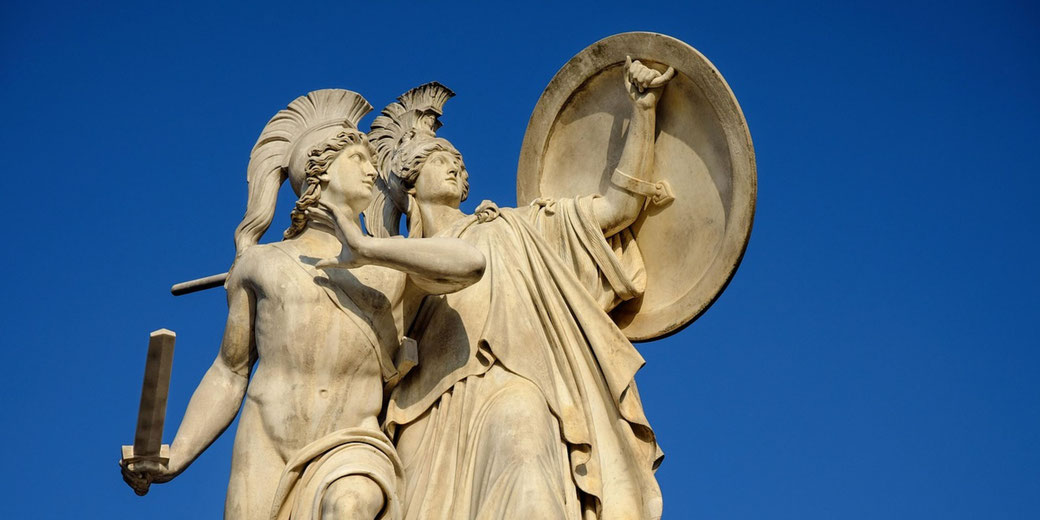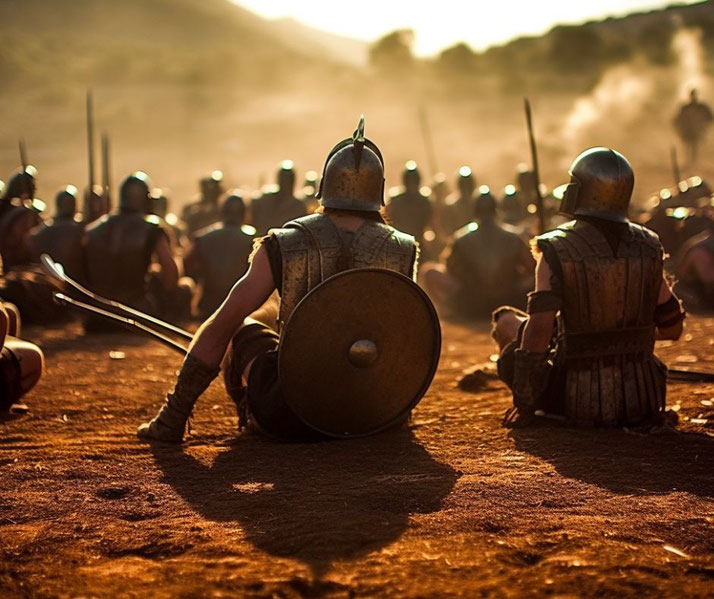The cunning reason the ancient city of Sparta did not have any walls

The ancient city-state of Sparta, located on the Peloponnesian peninsula of Greece, was known for its strong military and strict discipline.
However, one of its most interesting points is that Sparta had no city walls for much of its history, and this odd feature was not because Spartans lacked resources or skill, but because they chose this approach based on their beliefs about themselves.
What made the Spartans think differently?
Sparta's society worked very differently from other Greek city-states. After a series of reforms linked to a man called Lycurgus, around the 7th century BC, they changed the army and the way the community was organised.
They founded the Spartiates, or full citizens, who were a warrior class that were raised from birth to be soldiers.
It also established the agoge: a strict training and education system that taught them the skills of endurance, self-sufficiency, and battle tactics.
In this setting, relying upon walls for protection went against these underlying Spartan values.
They believed a city was defended by its people, not by bricks or stone.

Geographical benefits
Perhaps they were encouraged to believe this because the nature of their homeland.
The land around the city of Sparta sat on the Eurotas River plain, surrounded by mountains and natural barriers.
The Taygetus and Parnon mountain ranges acted as natural defences, reducing the need for walls.
As a result, the land itself gave the Spartans an advantage that allowed them to use the terrain in any defence.
The Spartan dependence on its army
Practically speaking, the Spartan military was at the centre of its defence, and the hoplite phalanx, a formation of heavily armed foot soldiers, was the main part of their forces.
Armed with 8-foot spears and round shields, the hoplites stood in tight ranks that were nearly impossible to break through.
The Spartans were so well known as warriors that the very rumour of their approach often discouraged enemies from fighting.
Their military reputation was so strong that other Greek states looked to them for leadership, especially during the Greco-Persian Wars.
For example, the Battle of Thermopylae in 480 BC, though a defeat, showed Spartan determination and their ability to cause heavy losses to a larger army.
How this left Sparta vulnerable
The Spartan focus on the military had its problems, though. As times changed and military technology advanced, relying solely on hoplite warfare became less effective.
This was particularly noticable when the Macedonians under Philip II and his son Alexander the Great introduced a new era of warfare, where the phalanx was just one part of varied and flexible military forces.
The Theban general Epaminondas also showed the weaknesses of the Spartan system at the Battle of Leuctra in 371 BC, where he used new tactics to defeat the Spartan army.
With their reputation gone as a result of these defeats, and facing other challenges at home, Sparta began to lose power and influence over the next century.
Although their choice to have an unwalled city worked well during their peak, more losses and fear of future attacks finally made them change.
Excavations have shown that Sparta finally faced reality and built defensive walls around 184 BC.

What do you need help with?
Download ready-to-use digital learning resources
Copyright © History Skills 2014-2025.
Contact via email
With the exception of links to external sites, some historical sources and extracts from specific publications, all content on this website is copyrighted by History Skills. This content may not be copied, republished or redistributed without written permission from the website creator. Please use the Contact page to obtain relevant permission.





